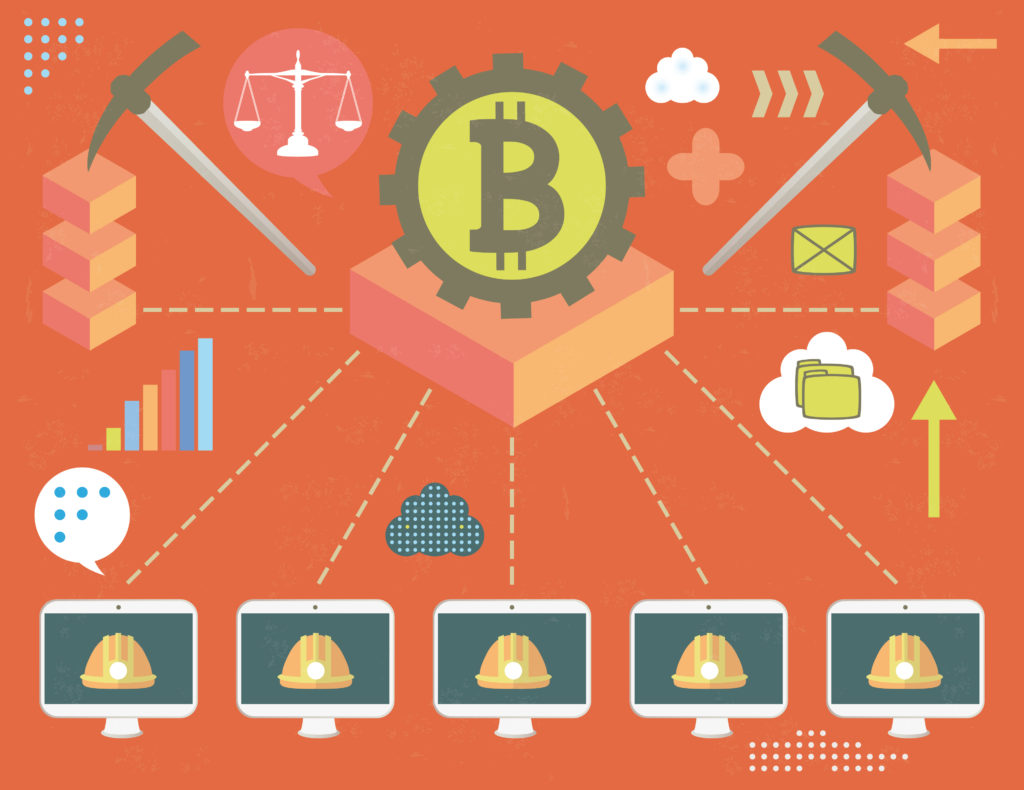Edited by Munpriya Samra
Bitcoin could be one of the hardest cryptocurrencies to regulate but that doesn’t mean it’s impossible to regulate it. In India, Bitcoin pyramid schemes and hyper investment are on the rise due to inadequate regulations to protect consumers.
Most pyramid schemes are not legitimate and do not pay the return on investments users inject in them. They usually are schemes which are only legitimate for some time and soon they fail to sustain the scheme and abruptly close down in most cases leaving many users at a loss. In recent years underdeveloped and developed countries of Asia and Africa have seen a rise of these schemes. There are other schemes which promise an extremely large return on investments sometimes going beyond 100%. Unemployed youth are the most vulnerable groups affected by organized extortion.
Are Some of the Bitcoin Pyramid Scheme Real?
Recently the biggest hyper investment scheme named MMMindia launched in India promising its users a whopping monthly 30% return on investment. Although MMM India is still operating in a lot of countries, including Indonesia and east Africa, the collapse of such scheme would leave hundreds of users at a loss. Brett Russell Founder BIGbtc, Ltd – Bitcoin Integration Group had this to say about the Bitcoin Pyramid scheme.
“Are you referring to HYIP? To be honest I don’t invest a lot of time exploring them, mostly because I don’t have any confidence in them. I have been around bitcoin since 2012 and have seen a lot. As far as HYIP and ICOs, I can only offer “The bitcoin and alt space is home to some really great people and some really bad hombres.” Take care and good luck!”
How are these schemes operated and marketed?
Many governments have failed to protect their citizens from getting exposed to these hyper-investment schemes. A proper understanding and a clear definition of these schemes can be of much help. The most important means of uprooting a bad scheme is by knowing their servers, their location, and how they are marketed. Bitcoin pyramid schemes always use the capabilities provided by social networks such as Facebook and Skype to market the schemes to would be clients so stay aware and go with Bitcoin companies that are known to be legitimate after some research.
How does the scheme sustain itself while paying huge sums of money to its users?

For business to be able to sustain itself a clear definition of the source of income and business plan is paramount. Most of these schemes are lacking in one or two prerequisites of a proper business helping them operate for a short while and collapse so ask lots of questions. The schemers involve themselves in a lot of activities so as to remain operational and win the minds of the masses. Some Bitcoin schemes go up to the extent of mining their own bitcoins so as to pay funds to their customers!



















 3,500+ 5-Star Reviews
3,500+ 5-Star Reviews